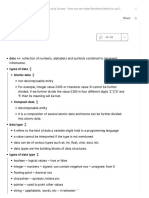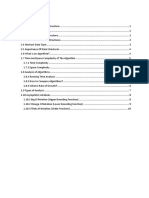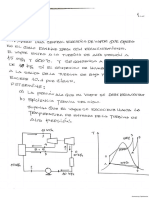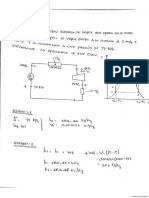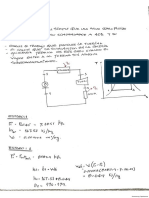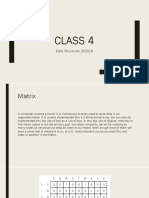0% found this document useful (0 votes)
18 views8 pagesClass 1: Data Structures 2S2019
This document provides information about data structures and abstract data types (ADTs). It defines a data structure as a way to store and organize data for efficient use. An ADT is defined as a type for objects whose behavior is defined by values and operations, without specifying implementation details. Common ADT operations include compare, add, delete, search, create, initialize, copy, clone, and free. Data structures are classified as primitive versus non-primitive, static versus dynamic, and linear versus non-linear. Examples of different data structure types are provided.
Uploaded by
Esdras Benjamin Cotto RevolorioCopyright
© © All Rights Reserved
We take content rights seriously. If you suspect this is your content, claim it here.
Available Formats
Download as PDF, TXT or read online on Scribd
0% found this document useful (0 votes)
18 views8 pagesClass 1: Data Structures 2S2019
This document provides information about data structures and abstract data types (ADTs). It defines a data structure as a way to store and organize data for efficient use. An ADT is defined as a type for objects whose behavior is defined by values and operations, without specifying implementation details. Common ADT operations include compare, add, delete, search, create, initialize, copy, clone, and free. Data structures are classified as primitive versus non-primitive, static versus dynamic, and linear versus non-linear. Examples of different data structure types are provided.
Uploaded by
Esdras Benjamin Cotto RevolorioCopyright
© © All Rights Reserved
We take content rights seriously. If you suspect this is your content, claim it here.
Available Formats
Download as PDF, TXT or read online on Scribd
/ 8

